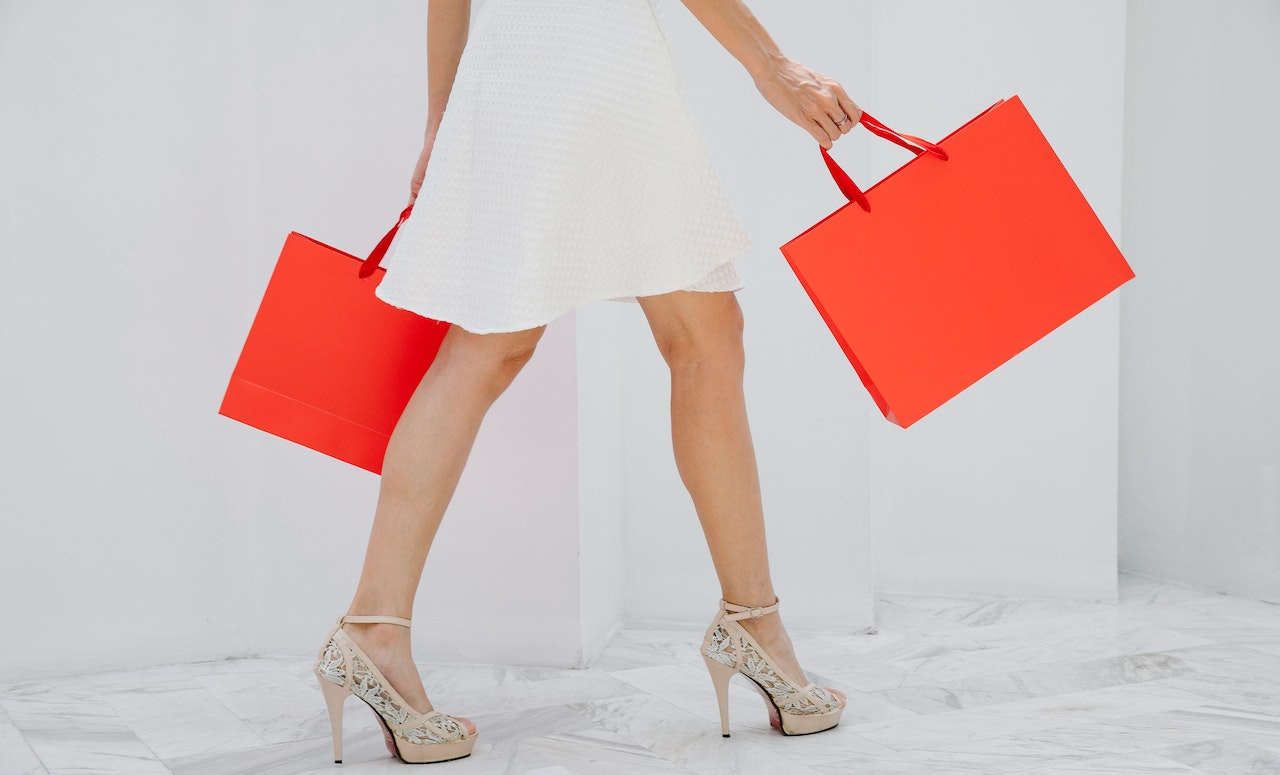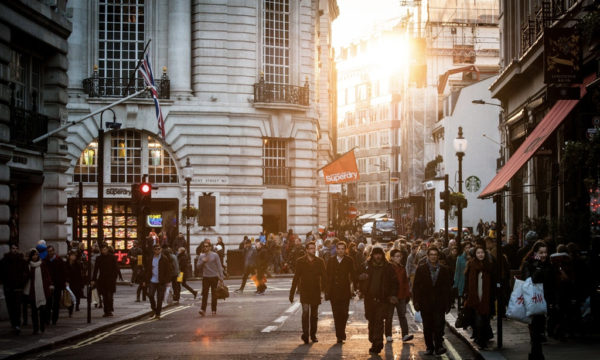The high road: High heels in fashion and film

The allure of the high heel is undeniable (even if the comfort of the wearer is sacrificed). A symbol woven deeply into the fabric of fashion’s vast tapestry, the high heel remains one of the most transformative pieces of footwear, some say empowering those who wear it. Over centuries, heels have encapsulated shifting trends, societal dynamics and cultural nuances, all the while maintaining their stature as quintessential fashion staples. Evoking a traditional idea of femininity, grace and authority, this elevated footwear has been worn by monarchs, screen sirens, corporate moguls and everyday individuals. Their development from being simple height raisers to symbols of stature and elegance mirrors the dynamic, ever-evolving relationship between fashion, society and cinema. The intertwining history of high heels and film offers a fascinating chronicle, charting not just the evolution of an item of clothing, but also its profound influence on societal perceptions and cinematic narratives.
The first famous high heels
As the world grappled with the turmoil of World War II, a distinct form of artistry emerged, offering a juxtaposition of hope amid despair: the pin-up girl posters. These radiant posters, dripping with sex, frequently featured women in all their poised glory, often accentuated by the elegance of high heels. The beauty of these images lay not just in their obvious visual appeal but in the symbolism they carried. Here was a woman, confident, seductive and standing tall – quite literally on her high heels. The choice of footwear was deliberate. It added to the leg’s curvature, creating a silhouette that was as empowering (in terms of height at least!) as it was seductive. Soldiers away at war found solace in these posters, often hanging them on walls as a reminder of the beauty and normalcy of the world they left behind. Beyond their aesthetic value, these posters played a pivotal role in establishing high heels as not just fashion accessories, but powerful tools of persuasion. In the gloomy backdrop of the war, heels in pin-up posters became beacons of hope, symbols of resistance, and an emblem of unyielding “femininity”.
The arrival of the stiletto
As the world transitioned from post-war recovery into an era of booming cultural and social change, the 1950s unveiled a defining icon in the world of fashion: the stiletto. Born out of a fusion of design innovation – at a time when co ords were becoming popular – and a renewed sense of feminine empowerment, this slender, sky-reaching heel was more than just a shoe. It was a statement. Evocative in its design and audacious in its height, the stiletto quickly became synonymous with the modern woman: bold, unapologetic and in control. As cinema flourished, so did the stiletto’s presence. The film industry, always a reflection of contemporary aesthetics, was quick to adopt this heel. Hollywood’s leading ladies – from Marilyn Monroe to Audrey Hepburn – were frequently spotted in stilettos, both on and off screen. This newfound adulation wasn’t confined to just films. Fashion hubs from Paris to Milan saw women embracing stilettos, revelling in the blend of elegance and assertiveness they offered. Each click on the cobblestone streets told stories of ambition and a redefined femininity (even if still a heavily male-influenced one).
The 70s and 80s
As the curtain fell on the 60s, the world was poised for a cultural renaissance. The 70s, with its glittering disco balls, psychedelic music and a general air of rebellion, brought high heels into the dance halls and nightclubs. Films captured this vibrancy, with Saturday Night Fever serving as a prime example. Its characters, bathed in the multi-hued disco lights, danced the night away in shimmering heels, embodying the spirit of the age. But as the disco era made way for the 80s, high heels underwent another transformation. The 80s was more than just neon and synth-pop; it was a time when women were rapidly breaking glass ceilings. As they made strides in the corporate world, their attire, including heels, evolved to reflect this new dynamic. Power dressing became the norm, with high heels at the core, symbolising authority paired with undeniable style. Cinematic offerings like Working Girl captured this shift in ethos perfectly. The movie, with its portrayal of a woman’s ascent on the corporate ladder, highlighted the role of high heels as both a fashion and a power statement. Concurrently, pop culture and music videos, led by icons such as Madonna, presented high heels as symbols of audacity, aspiration and unapologetic glamour.
The 90s and 00s
As the 20th century edged towards its close, fashion once again underwent a transformative phase, marked by a blend of nostalgia and novel design philosophies. The 90s was a decade of experimentation and breaking molds. While grunge and minimalism dominated streetwear, the world of high heels veered towards elegance and simplicity. Enter the strappy sandal, the era’s quintessential heel, exuding an understated allure. Television, a burgeoning force in pop culture, embraced this trend, none more so than Sex and the City. Carrie Bradshaw’s infatuation with Manolo Blahnik heels became a cultural phenomenon, elevating them from mere accessories to coveted treasures, emblematic of cosmopolitan dreams. As calendars flipped to the 2000s, fashion’s retrospective lens coupled with futuristic zeal led to a unique juxtaposition. Films like The Devil Wears Prada delved deep into the heart of the fashion industry, placing heels firmly at its pulsating core. Platforms and towering stilettos, reminiscent of past eras yet innovatively designed, became ubiquitous, representing the era’s amalgamation of reverence for the past and excitement for the future.
21st century
The dawn of the new millennium heralded more than just technological advancements: it beckoned a fresh epoch in the world of fashion and film. Today, high heels are not mere relics of bygone eras, they are dynamic symbols adapting to contemporary narratives. The global cinematic stage, with its expansive reach, now employs heels not solely as props but vital plot drivers. The heist-centric Ocean’s 8 underscored this shift, weaving heels intricately into its storyline. Beyond celluloid, society at large is witnessing an overarching move towards inclusivity and fluidity. This shift shatters traditional constructs, ushering heels into a new domain where they’re being sported by men and non-binary individuals, challenging and redefining established fashion tenets. Furthermore, the 21st century’s commitment to sustainability and wellbeing ensures that heels are no longer just about elevation and aesthetics. Designers now infuse them with comfort, marrying form with function, and incorporating eco-friendly materials, ensuring that the storied journey of high heels is both fashionable and responsible.
Conclusion
The voyage of the high heel, from its earliest inception to its prevailing influence in contemporary culture, is nothing short of remarkable. Embedded within its design are stories that span centuries, chronicling shifts in societal norms, aesthetic transitions and the ever-evolving panorama of art and film. More than just an accessory, heels have come to encapsulate epochs, capturing moments of global upheavals, sartorial revolutions and cinematic milestones. They bear witness to our shared history, becoming emblematic of our collective desires, challenges and triumphs. Television shows, films and global events have seen them play varying roles, sometimes as symbols of empowerment (or the opposite), at times of defiance, and often of unabashed beauty. As we stand on the precipice of a rapidly transforming world, one thing remains certain: footwear will continue to journey alongside us. Heels will evolve, adapt and persist, ensuring that every step we take is not just grounded in our past, but also strides confidently towards a future brimming with potential, glamour and promise.
The editorial unit
























Facebook
Twitter
Instagram
YouTube
RSS